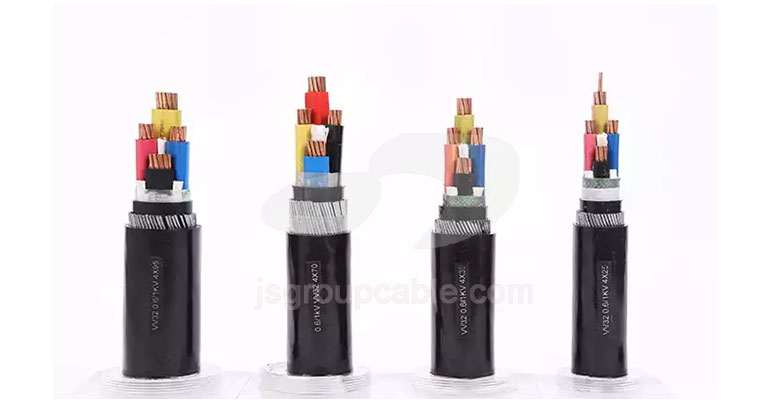- Offices Time:24 Hours Online
- Email:[email protected]
- WhatsApp:+8618339938759

Posted on December 22, 2022
What are the main factors affecting the performance of flame retardant cables?
Flame-retardant cable refers to the cable that the sample is burned under the specified test conditions. After the test fire source is removed, the spread of the flame is only within a limited range, and the residual flame or residual flame can extinguish itself within a limited time. The fundamental characteristic is: it may be burned out and cannot operate in case of fire, but it can prevent the spread of fire. In layman’s terms, in the event of a wire fire, it can limit the combustion to a local area without spreading, keep other various equipment, and avoid greater losses. In order to ensure that the flame-retardant performance of flame-retardant cables is more optimized, the following four points should be paid attention to.
Laying environment of flame retardant cables:
The cable laying environment largely determines the probability of the cable being attacked by an external fire source and the possibility of burning and causing a disaster after catching fire. Drive, slot box or special cable trench with cover plate can reduce the flame retardant requirements by one to two grades, and use class B instead of class C, or even non-flame retardant. Because there is less chance of being attacked by external factors in this environment, even if it is ignited due to the narrow space and water occlusion, it is easy to self-extinguish, and it is not easy to cause a fire. On the contrary, the flame retardant level should be moderately strict for indoor open-facing, climbing stairs, or dark passages, mezzanines, tunnel corridors, places where human fire is easy to reach, and the space after fire is relatively large and the air is easy to circulate. When the above-mentioned environment is in front of or behind the high-temperature furnace or in the environment of flammable and explosive chemicals, petroleum, and mines, it must be dealt with strictly, rather than low.

How many flame retardant cables:
The number of cables is the basis for determining the level of flame retardant category. When calculating the volume of non-metallic objects in the cable, the concept of the same channel means that when the cable is burning, its flame or heat can radiate to nearby wires and cables without hindrance and can The space to ignite it. For example, the same channel of a truss or a tank box with fire-proof boards isolated from each other shall refer to each bridge or tank box. If there is no fire isolation between the upper and lower sides or left and right, and the one and the other assist each other in fire, the non-metallic volume of the cables shall be included in the calculation of the non-metallic volume. should.
Thickness of flame retardant cable:
After the volume of non-metallic objects in the same channel is determined, the outer diameter of the cable is fine. If most of the diameters are below 20mm, the flame retardant category should be treated strictly. On the contrary, if most of the diameters are above 40mm, it should be biased towards a lower level. The reason is thin cables. The heat absorption is small and it is easy to ignite, while the thick cable has a large heat capacity and should not be ignited. The key to forming a fire is to ignite it.
Flame-retardant and non-flame-retardant cables should not be mixed in the same channel:
When laying wires and cables in the same channel, the flame retardant grades should be the same or similar. The flame delay of low-grade or non-flame-retardant cables is an external fire source for high-grade cables. At this time, even class A flame-retardant Cables also have the potential to catch fire.
During construction, various possible factors should be fully referred to, and scientific laying should be done, so that flame-retardant cables can truly play their role in preventing the spread of fire and achieve real safety.
Post categories
Most Popular Posts
-
The 136th Canton Fair welcomes you to participate!
October 12, 2024 -
High temperature cable introduction
July 26, 2024 -
Kenya Power and Energy Exhibition 2024
June 11, 2024 -
Introduction of rubber sheathed cable
June 5, 2024





